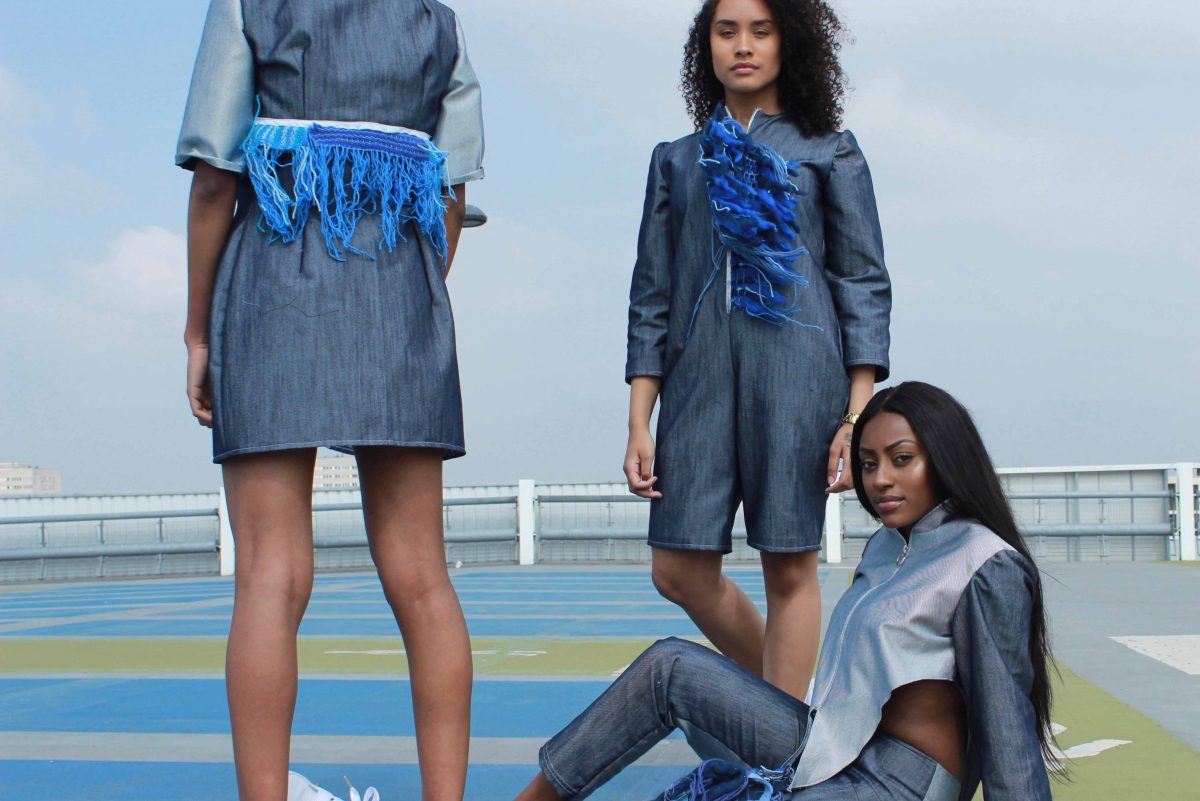Fashion & Textile Design / Fashion Business
Why choose BMet for Fashion?
- Courses available at Matthew Boulton College in the centre of Birmingham.
- Our fashion labs attract hundreds of learners eager to be inspired by the vibrant setting, collaborative projects and exciting visits and activities.
- The end of year shows organised and hosted by our students are a major event in the college’s calendar, with guests never failing to be impressed by the talent and passion on display.
- Increase your confidence and experience with practical projects such as organising an ‘on location’ photoshoot, producing a magazine, creating a catwalk event or running a pop up shop.
- The rise of digital shopping channels will result in 60,000 brand new technical and analytical roles needed in the UK fashion industry in the next five years.
- To counteract this industry gap, BMet College is the driving force behind inspiring the next generation of fashion business minded individuals that can become the future of fashion.
-

Fashion Stylist -

Fashion Photography -

Fashion Design
-

Visual Merchandiser -

Magazine Development -

Merchandising & Stylist
Career Opportunities;
- Merchandiser – responsible for particular lines of merchandise. For example, in a department store, there may be merchandisers for menswear, womenswear, children’s wear etc. the basic duties of the merchandiser can be divided into four areas: planning, directing, co-coordinating and controlling stock.
- Buyer – buyers will source new and review existing merchandise to ensure products remain competitive. By fully understanding customer needs, they are able to maximise profits and provide a commercially viable range of merchandise at competitive prices. Keeping up to date with market trends and reacting to changes in demand- are key elements of the role.
- Stylist – create visual imagery through the curation of editorial photography shoots; used in magazine articles, music videos and multichannel advertisements. Working from a design brief, stylists will collaborate with teams of people such as photographers, designers, lighting technicians and set builders.
- Journalist – interview key brands and influencers in order to raise awareness around the changing dynamics within the fashion industry. Fashion journalists will communicate through all types of media within the Omni channel sector.
- Visual Merchandiser – create window and interior displays in shops and department stores. Their chief aim is to maximise sales. Essentially, they are responsible for the ‘look’ of the store.
- Designer – fashion designers work on the design of clothing. Some may focus completely on a specialist area, such as sportswear, children’s wear or accessories. The main markets they design for are Haute Couture, designer ready-to-wear and high street fashion.
- Assistant Designer – assistant designer is a step up. In this role, there is the opportunity to have a creative input through proposing ideas for shapes, colours and techniques, although you are unlikely to have much influence in major decisions. Other activities include making up mood and trend boards, drawing up technical specifications for manufacturers and some responsibilities for a small area of a range.
- Photographer – a fashion photographer takes photos of the latest clothes, accessories, hairstyles and make-up. Fashion photography is seen as one of the most glamorous areas of photography and is undoubtedly one of the most competitive. Exotic locations, foreign travel, and the chance to mingle with celebrity culture are important parts of its appeal, although the role also involves working long hours, often in uncomfortable conditions.


